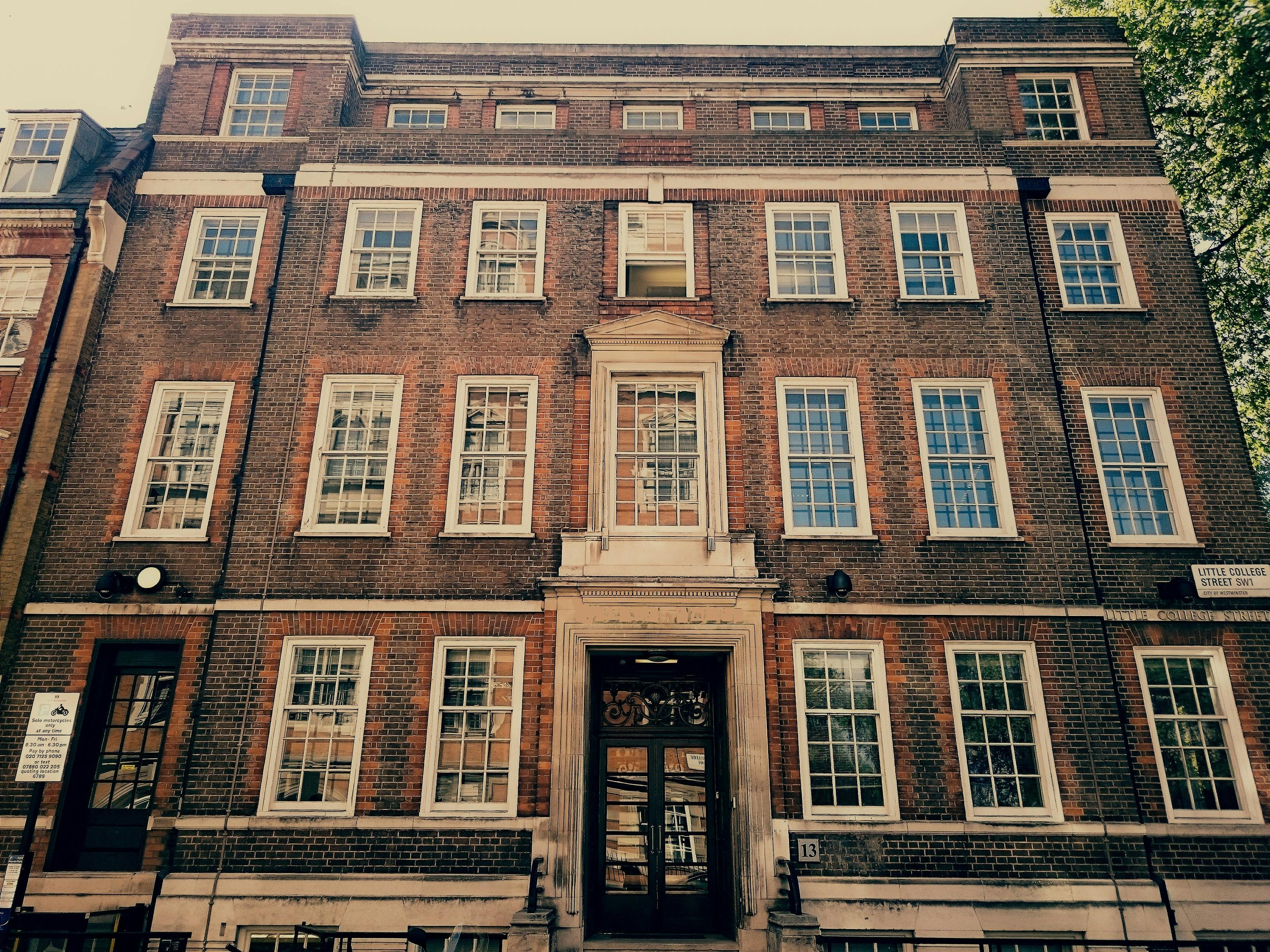
Office Building Westminster
Careys was contracted to deliver a significant enabling, demolition and structural alteration package as part of an office remodelling project in Westminster.
Client
ConfidentialLocation
Westminster, LondonPrincipal Contractor
CareysConsidered a ‘building of merit’, due in part to its façade, the building is a 1930s purpose-built office block within a conservation area. The overall project aims to refurbish and reorganise the building to offer flexible and adaptable open-plan office accommodation within the constraints of a rigid structural layout.
Two new lift shafts were to be constructed. The existing main shaft was replaced with seven new M&E risers, while we installed a new central shaft to facilitate the future open plan workspace. In constructing the latter, we incorporated the permanent structural steel design members into the sequence of the temporary works, therefore reducing our carbon footprint.
To facilitate the construction of the new foundations for both new shafts, we lowered machinery down though the old lift shaft while maintaining its fragile structural integrity. This allowed us to adhere to programme in this highly space-constrained site, installing earthwork supports and propping to the adjoining party wall foundations while carefully monitoring for movement using our inhouse expertise.
All materials, equipment and plant had to come through the front door of the building, which further added to the logistical challenges of the project. At all times, delivery times were carefully pre-scheduled and closely planned traffic management arrangements and workforce travel plans were in place.
In addition to the structural alteration and main demolition works, we undertook the enabling works package that would allow the follow-on fitout trades to commence. This included: asbestos removal; construction of a new lift shaft overrun; stripping and removing the existing roof; and installing a new insulated Bauder roof system guaranteed for 20 years and increasing the building’s U-value.
The basement floors and walls received a cavity waterproofing system, new drainage systems and new screeded floors, as well as various external security doors and window packages, including window reconditioning and decorations to the original sash windows.
Complete restoration of the building’s façade included considerate methods such as DOFF steam cleaning and JOS low air pressure and inert abrasive cleaning, followed by structural and cosmetic repairs.
The project secured BREEAM and CCS Excellent status, with a CCS Performance Beyond Compliance certificate also awarded. Sustainability measures included: careful noise, dust and movement monitoring (e.g., extractors, M-class filters, hoovers, monitors and damping down were used for dust prevention, the cutting station was enclosed, and fume extractors were used for machines in the basement); reuse of the building’s existing toilets; repurposing a number of the rooms in the building for storage; and prioritising local labour and local suppliers where possible.
We'd love to hear from you, so please get in touch